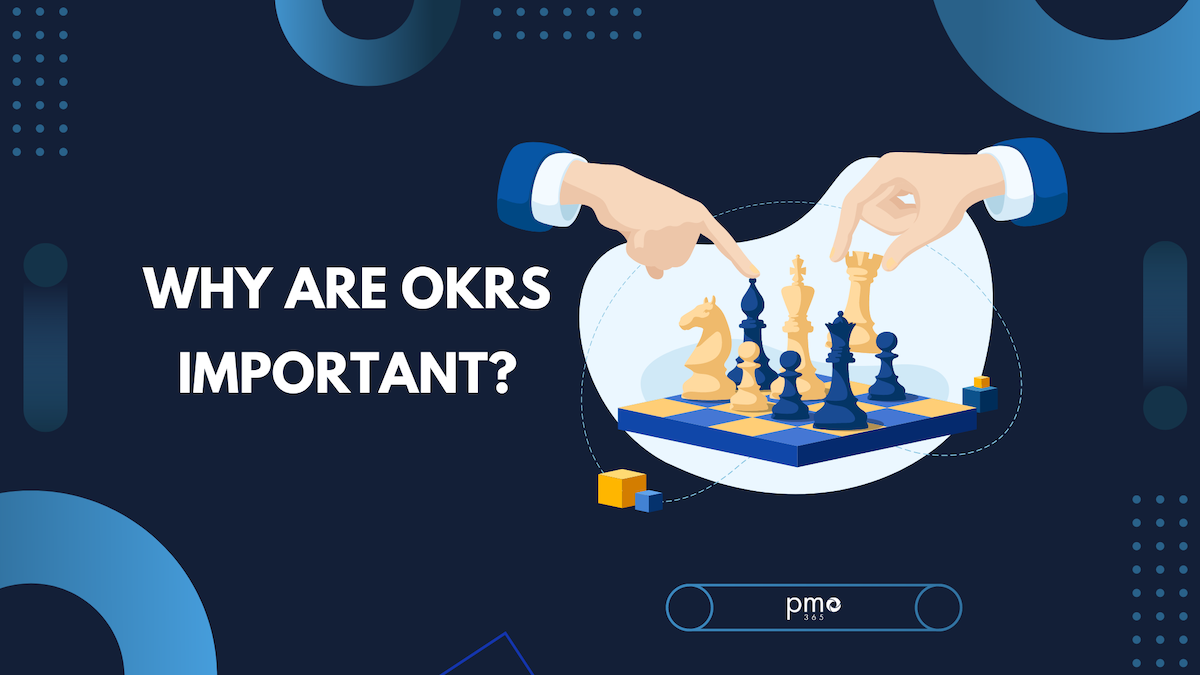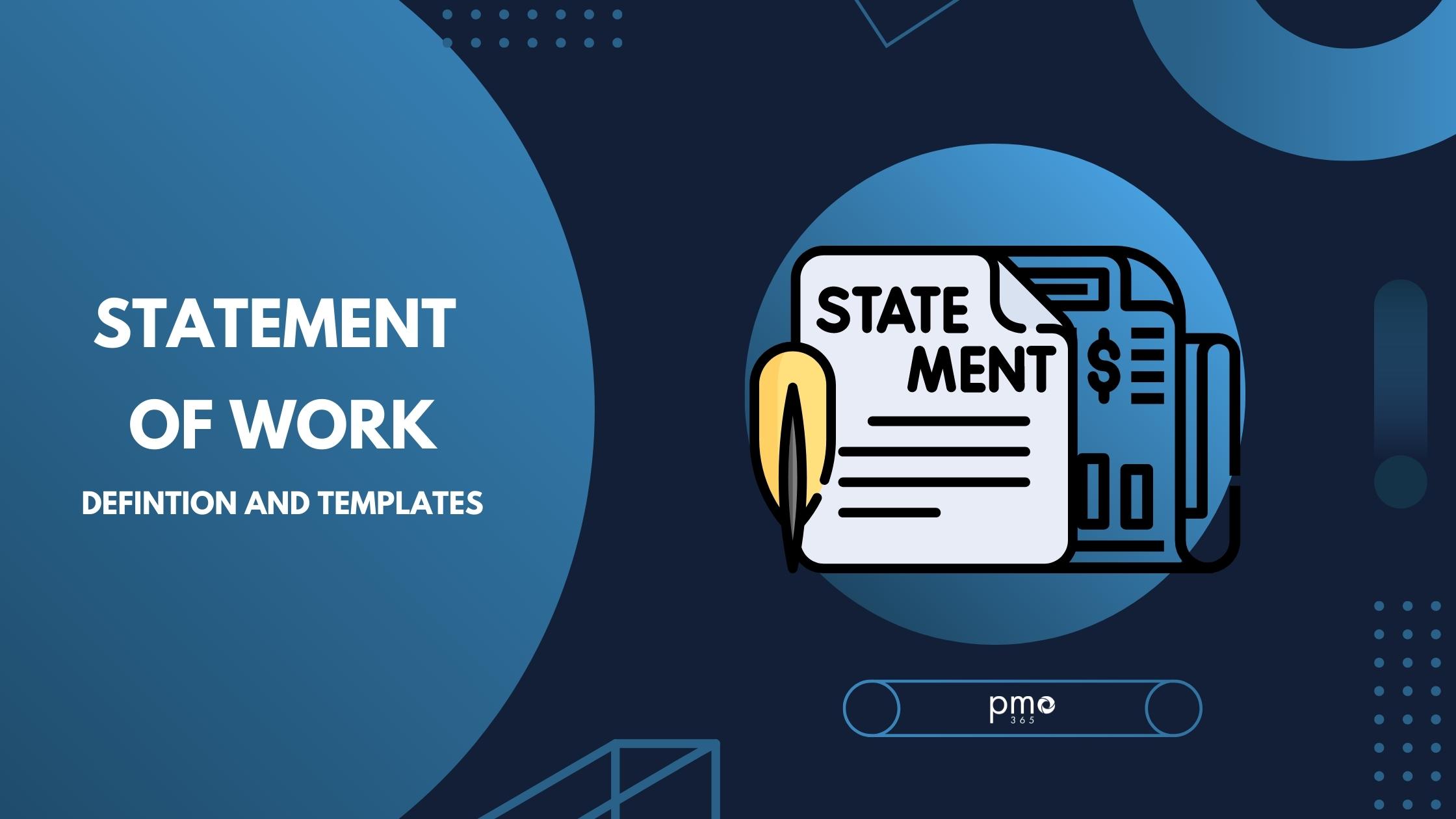When it comes to improving processes, increasing efficiency, and delivering higher quality outcomes, two methodologies stand out: Lean and Six Sigma. Often discussed together (and sometimes even combined) these two approaches share similar goals but have different philosophies, tools, and origins. So, what’s the difference between Lean and Six Sigma, and how do you choose the right one?
In this article, we compare Lean vs Six Sigma, explore their strengths, and help you understand when and how to apply each.
What Is Lean?
Lean is a methodology focused on maximising value by eliminating waste in processes. Originating from Toyota’s production system, Lean emphasises speed, efficiency, and continuous flow. It is widely used in manufacturing, software, healthcare, and service industries.
Core Principles of Lean
- Define Value from the customer's perspective
- Map the Value Stream and remove non-value-added steps
- Create Flow by eliminating delays and bottlenecks
- Establish Pull to produce only what’s needed, when needed
- Pursue Perfection through continuous improvement
Common Lean Tools
Common Lean tools form the backbone of continuous improvement practices, equipping teams with practical methodologies to identify waste, streamline processes, and drive operational excellence. The tools are:
- Value Stream Mapping
- 5S (Sort, Set, Shine, Standardise, Sustain)
- Kanban Boards
- Kaizen (small, continuous improvements)
- Visual Management
What Is Six Sigma?
Six Sigma is a data-driven methodology for reducing defects and variation in processes. It originated at Motorola and gained popularity through General Electric. Six Sigma seeks near-perfect quality (only 3.4 defects per million opportunities) by using rigorous statistical tools.
Core Components of Six Sigma:
- DMAIC: Define, Measure, Analyse, Improve, Control
- DMADV: Define, Measure, Analyse, Design, Verify (for new processes)
- Statistical Process Control (SPC)
- Root Cause Analysis (RCA)
Common Six Sigma Tools
Six Sigma leverages a robust suite of statistical and analytical tools to identify process variation, uncover root causes of defects, and drive sustained quality improvements. The tools are:
- Fishbone Diagrams
- Control Charts
- Pareto Analysis
- Regression Analysis
- Hypothesis Testing
Six Sigma practitioners are often certified at different levels: Yellow Belt, Green Belt, Black Belt, and Master Black Belt.
Lean vs Six Sigma: A Side-by-Side Comparison
|
Aspect |
Lean |
Six Sigma |
|
Goal |
Eliminate waste, improve flow |
Eliminate defects, reduce variation |
|
Focus |
Process speed and efficiency |
Process quality and accuracy |
|
Approach |
Qualitative, visual |
Quantitative, data-driven |
|
Tools |
Kanban, 5S, Value Stream Mapping |
DMAIC, Control Charts, Statistical Tools |
|
Time to Benefit |
Typically faster |
Typically longer (more analysis) |
|
Use Cases |
Operational improvements, fast results |
Complex problems, high cost of defects |
Can You Combine Lean and Six Sigma?
Absolutely. The combined methodology is called Lean Six Sigma. It merges the speed and waste reduction of Lean with the rigour and precision of Six Sigma. Many organisations use Lean Six Sigma for continuous improvement programs, particularly in:
- Manufacturing
- Healthcare
- Logistics
- Finance
- IT Services
|
Example: A hospital uses Lean to streamline patient flow in the ER and Six Sigma to reduce medication errors. |
When to Use Lean vs Six Sigma
Use Lean If…
You need to improve speed and reduce delays
Waste and inefficiency are obvious and visible
You want a quick, iterative improvement cycle
You have limited data or need quick wins
Use Six Sigma If…
You’re facing a quality issue with unclear causes
Data is available and statistical analysis is possible
Errors or defects are causing high cost or risk
You require long-term process control and consistency
Real-World Examples
|
Lean: A retail company reduces checkout times by reconfiguring store layouts and improving staff flow, no data needed.
|
Conclusion: Choose the Right Tool for the Job
Lean and Six Sigma are both powerful but different tools. Lean gives you speed, simplicity, and flow; Six Sigma gives you precision, control, and reliability. Together, they can transform your operations.
If your goal is faster delivery and less waste, start with Lean. If your challenge is inconsistent quality or complex problems, go with Six Sigma. And if you want the best of both worlds, explore Lean Six Sigma for comprehensive improvement.













